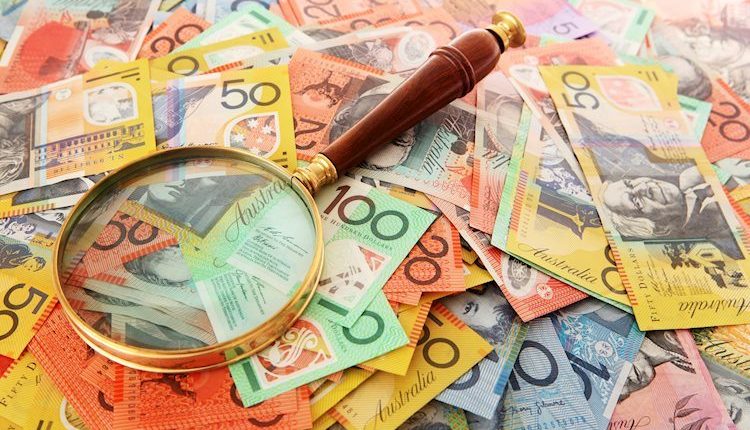- AUD/USD holds steady around 0.6505 in Tuesday’s early Asian session.
- The stronger US economic data and cautious comments from Fed officials might lift the USD.
- Trump’s policies on taxes, tariffs could weigh on the Aussie.
The AUD/USD pair trades flat near 0.6505 amid the consolidation of the US Dollar (USD) during the early Asian session on Tuesday. Investors will monitor the Reserve Bank of Australia (RBA) Meeting Minutes, which is due later on Tuesday.
The US Dollar Index (DXY), which measures the USD against a basket of currencies, currently trades around 106.20 after retreating from a more than one-year high last week of 107.07. The Greenback struggles to gain ground as the Trump trade seems to lose momentum. However, the stronger US economic data and cautious remarks from the Federal Reserve (Fed) might cap the downside for the USD in the near term.
In a light week for US economic data, the National Association of Home Builders (NAHB) Housing Market Index climbed to 46.0 in November, the highest since April, from 43.0 in October, beating the estimation of 44.0.
On the Aussie front, Donald Trump has threatened to implement 60% tariffs on exports from China as he seeks to protect US companies and jobs. The likely negative spillovers from Trump’s policies might drag the Australian Dollar (AUD) lower as China is a major trading partner of Australia.
Investors brace for the RBA Meeting Minutes for more cues on future interest rates. The hawkish tone about the inflationary outlook for the Australian economy could lift the Aussie against the USD for the time being.
Australian Dollar FAQs
One of the most significant factors for the Australian Dollar (AUD) is the level of interest rates set by the Reserve Bank of Australia (RBA). Because Australia is a resource-rich country another key driver is the price of its biggest export, Iron Ore. The health of the Chinese economy, its largest trading partner, is a factor, as well as inflation in Australia, its growth rate and Trade Balance. Market sentiment – whether investors are taking on more risky assets (risk-on) or seeking safe-havens (risk-off) – is also a factor, with risk-on positive for AUD.
The Reserve Bank of Australia (RBA) influences the Australian Dollar (AUD) by setting the level of interest rates that Australian banks can lend to each other. This influences the level of interest rates in the economy as a whole. The main goal of the RBA is to maintain a stable inflation rate of 2-3% by adjusting interest rates up or down. Relatively high interest rates compared to other major central banks support the AUD, and the opposite for relatively low. The RBA can also use quantitative easing and tightening to influence credit conditions, with the former AUD-negative and the latter AUD-positive.
China is Australia’s largest trading partner so the health of the Chinese economy is a major influence on the value of the Australian Dollar (AUD). When the Chinese economy is doing well it purchases more raw materials, goods and services from Australia, lifting demand for the AUD, and pushing up its value. The opposite is the case when the Chinese economy is not growing as fast as expected. Positive or negative surprises in Chinese growth data, therefore, often have a direct impact on the Australian Dollar and its pairs.
Iron Ore is Australia’s largest export, accounting for $118 billion a year according to data from 2021, with China as its primary destination. The price of Iron Ore, therefore, can be a driver of the Australian Dollar. Generally, if the price of Iron Ore rises, AUD also goes up, as aggregate demand for the currency increases. The opposite is the case if the price of Iron Ore falls. Higher Iron Ore prices also tend to result in a greater likelihood of a positive Trade Balance for Australia, which is also positive of the AUD.
The Trade Balance, which is the difference between what a country earns from its exports versus what it pays for its imports, is another factor that can influence the value of the Australian Dollar. If Australia produces highly sought after exports, then its currency will gain in value purely from the surplus demand created from foreign buyers seeking to purchase its exports versus what it spends to purchase imports. Therefore, a positive net Trade Balance strengthens the AUD, with the opposite effect if the Trade Balance is negative.
Read the full article here

